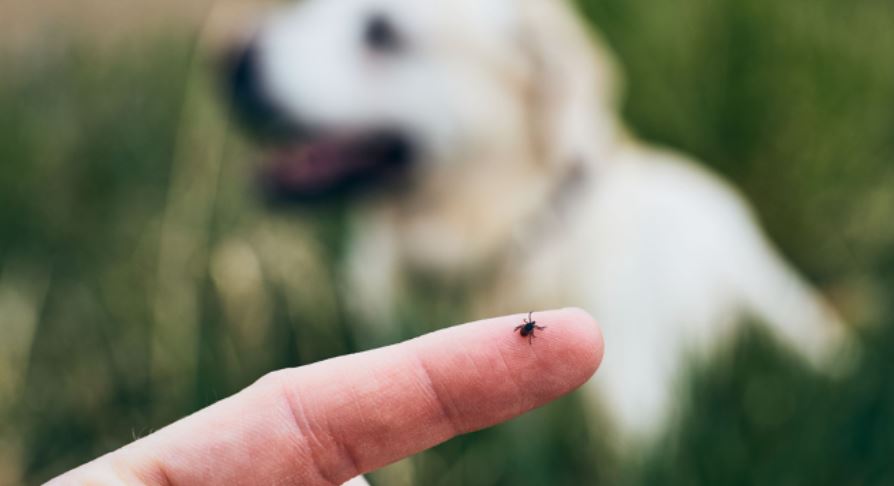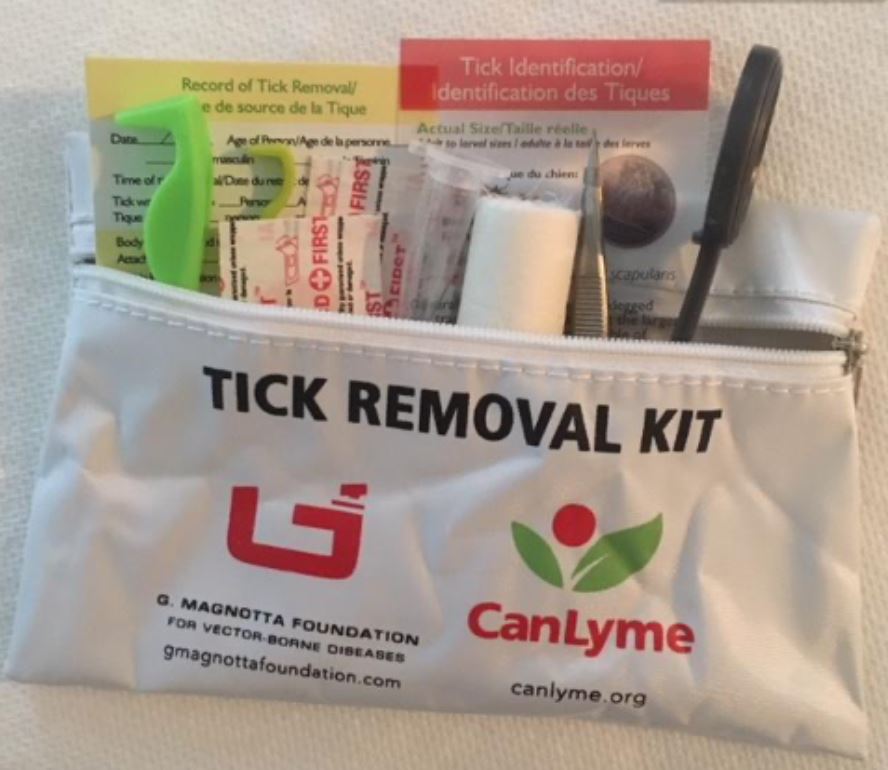
May is Lyme Disease Awareness Month
LETHBRIDGE, AB – This month, Canadians are being educated about Lyme disease.
The illness is caused by a bacteria called Borrelia and is carried by various tick species in the country.
Sarah Cormode said, “It’s basically when you get this pathogen in your body. Some people get really sick from it and there’s still a lot to be learned from it.”
Cormode is the host of the podcast ‘Looking at Lyme.’ She also serves as the Project Manager at CanLyme (Canadian Lyme Disease Foundation).




